Review for Bungo Stray Dogs: Season 3
Introduction
Not to get all biblical, but lukewarm anime shows are the bane of my existence when it comes to writing reviews. They’re not particularly outstanding, but then again, they’re not actively bad either. They just surf a tide of mediocrity that makes me go ‘meh’, and leaves me scrambling for something meaningful to write when it comes to the review. I got all ‘impulse purchasey’ when it came to Bungo Stray Dogs, and went and bought the whole kit and caboodle in one go, three seasons and the movie. Two seasons and the movie into the franchise, and I am still yet to be enthused by a show which manages to entertain, gives good production values, but keeps on reminding me of other shows that did similar premises to better effect. Bungo Stray Dogs now has a dozen or so episodes left to change my mind. I’m not holding out hope at this point, and feel an incipient wave of buyer’s remorse heading inexorably in my direction.
Atsushi Nakajima is cursed with bad luck. He’s an orphan who’s been kicked out of the orphanage, has been living on the street, gradually starving thanks to his inability to steal. And he’s being pursued by a giant tiger. Then one day, he rescues a man named Osamu Dazai from the river, only to be faced with ingratitude for preventing a suicide. But Dazai perks up when he hears about the tiger. For Atsushi isn’t being pursued... he is the tiger. He’s one of those few people that manifest supernatural abilities, and his is to transform into a tiger. But as yet he doesn’t have any control over the process. The downside is that he’s being pursued by the authorities.
But Atsushi would be the perfect recruit for the Armed Detective Agency, an agency where the employees all have supernatural abilities, and are called on to deal with those cases that the regular or the military police cannot handle. But his life may not have gotten any easier. For there are people who want the ‘Weretiger’, the criminal Port Mafia group, and they have abilities as well.
Just like the second season, this third season begins with a flashback arc, looking back at Dazai’s first job as a member of the Port Mafia, as the new boss Mori has to deal with the rumours that the old boss has somehow been resurrected. It’s also Dazai’s first time working with Chuuya, and it’s the start of an antagonistic relationship.
Twelve episodes are presented across 2 Blu-rays from Manga Entertainment, one of the final releases before the label became Funimation.
Disc 1
26. Dazai, Chuuya, Fifteen Years Old
27. God of Fire
28. Only a Diamond Can Polish a Diamond
29. My Ill Deeds Are the Work of God
30. Slap the Stick & Addict
31. Part 1: Herurisu!/Part 2: Portrait of a Father
32. Fitzgerald Rising
33. The Masked Assassin
Disc 2
34. Cannibalism (Part 1)
35. Cannibalism (Part 2)
36. Cannibalism (Part 3)
37. Echo
Picture
Bungo Stray Dogs gets a 1.78:1 widescreen 1080p transfer on these discs. It’s a very nice transfer that does the animation justice. The image is clear, detail levels are good, and colours are rich and consistent. There’s no visible sign of compression, and the digital banding is rarely noticeable. It’s an excellent world design, with some very cute cinematic touches. Against this, you might expect the stylised character designs to seem out of place, but it all works together really well. This is a quality animation, as you might expect from Studio Bones.
Sound
Bungo Stray Dogs offers Dolby TrueHD 5.1 Surround English and 2.0 Stereo Japanese with translated subtitles and a signs only track, locked during playback. I was happy with the Japanese audio, with the subtitles accurately timed and free of typos. The action comes across well through the stereo, the actors are suited well to their roles, and Taku Iwasaki’s music is a delight as always. There is some serious production value to the audio design that really elevates the show.
Extras
You get 2 discs in a BD Amaray case, with one on a centrally hinged panel. There is an o-card slipcover repeating the sleeve art, and there is more art on the inner sleeve. There is a digital copy should you require it. The discs boot to animated menus.
Disc 1 autoplays with a trailer for Funimation Now.
Disc 2 has a Promo Video (1:07), the textless opening for episode 27, the generic textless opening, and the textless closing.
Conclusion
This is the final instalment (to date) of Bungo Stray Dogs, and I continue to respond to the franchise with an ambiguous semi-enthusiasm. I do like the show; I like the series, the vivid and lively characters, the high production values. The story, while not exactly grabbing me by the throat, does enough to hold my attention for the duration. Yet I’m not enthusiastic about Bungo Stray Dogs, I’m not a fan, it’s merely a competently put-together, engaging show that I feel good about, and I don’t begrudge spending half an hour here or there on an episode. But I will never be passionately recommending it as a must-own show. I’ll never obsess about the characters, won’t be seeking out the manga or light novels, and won’t be looking forward to the next time I watch it; although if it’s on, I won’t turn it off. This is one of those reviews that can be summarised as “meh”.
Bungo Stray Dogs is a shonen show. The base state model of the genre would be something like Bleach or Naruto, but you can also have short form stories with high production values, and with a lot more imagination and depth to the stories. Once in a while, a show will come along that transcends the genre, something like an Attack on Titan or Fullmetal Alchemist, but with shows like Bungo Stray Dogs, it’s really just a very high quality Naruto. There are certain clichés and tropes that are universal across the genre, and constantly being confronted with all the ‘succeeding in battle through superior willpower’, the ‘character levelling up’, the ‘tragic pasts to give villains a sense of redemptive humanity’ can start the eyes rolling, which makes it hard to watch a show with the intensity required to become emotionally invested. In other words, I’ve seen too many shows like this to be impressed by a less than transcendent effort, and unfortunately for Bungo Stray Dogs, I saw Blood Blockade Battlefront before I saw this.
Season 3 picks up where Season 2 left off, with the movie in between. The Guild have been defeated, their Moby Dick vessel has been sunk, and Yokohama has been saved, with Port Mafia and The Armed Detective Agency, Atsushi and Akutagawa in particular having teamed up, their antagonistic relationship proving effective in defeating The Guild. And at the end of Season 2, and the movie, we had the advent of Fyodor as the next big villain, which plays out in Season 3... eventually.
The series begins just like Season 2 did, with an extended flashback arc, this time showing Dazai’s first assignment for Mori and the Port Mafia, seven years prior to the main series. It’s also when he first encountered Chuuya, who was at the time the leader of a rival gang. Unlike the flashback in season 2, this one doesn’t feed into the main story in season 3, although it is interesting to see how Dazai and Chuuya’s antagonistic relationship mirrors that of Atsushi and Akutagawa in the present day.
There are a handful of seemingly stand-alone episodes following one which re-introduces Fyodor and gives some idea of just how villainous he is. These stand alone episodes do have the added benefit of catching up with the survivors of The Guild, and actually giving them the character development that would have helped in Season 2 to give them a more sympathetic grounding. The final five episodes follow Fyodor’s plan to throw Yokohama into chaos, pitting The Armed Detective Agency and Port Mafia against each other, just when they had started to get along following the Moby Dick incident.
I like the characters on a surface level, even if the show opts for the usual character cliché shortcuts, and is unfortunately rather Spartan with the genuine character development that would give the show the depth and longevity that could have elevated it into classic territory. It’s just too light. I certainly feel that the Guild characters got the development in Season 3 that they should have had in Season 2, and consequently, the season arch-villain Fyodor is just as underserved in terms of character development. I suspect he’ll get a similar redemptive arc in a Season 4, should another season be green lit. While the story does flow well, and hold the attention on the episodic level, it’s not really quite strong enough taken as a whole, with a couple of twists in the plot arriving without foreshadow, and as a result feeling unearned and thus lacking in emotional impact. They feel more like a ‘get out of jail free’ card employed by the writers.
The bottom line is that I enjoyed Bungo Stray Dogs, I appreciated every minute that I spent with the show, and it provided great entertainment. But it’s all surface and no depth, it makes promises that it just can’t keep, and the bait and switch nature of the storytelling, deferring any narrative satisfaction for subsequent instalments, is really unsatisfying, even though it is classic shonen action storytelling. Bungo Stray Dogs is well worth watching, providing you reset your expectations to a suitably low level.
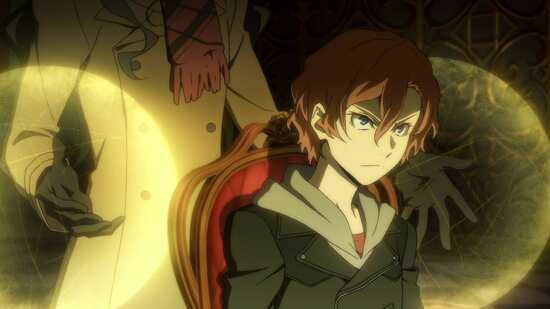
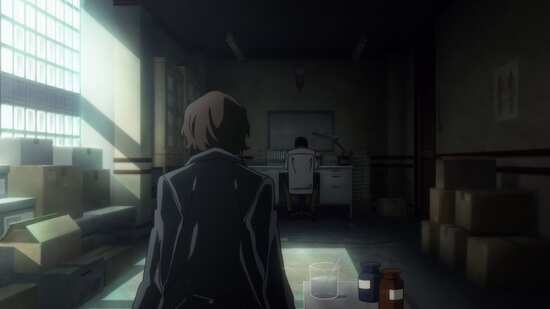
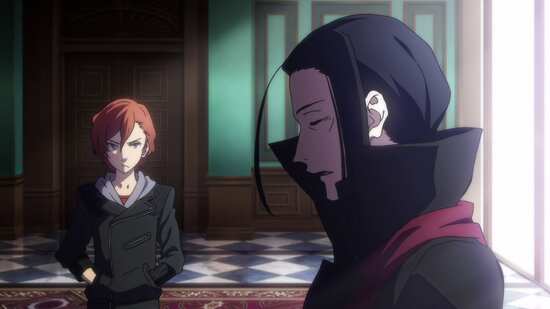
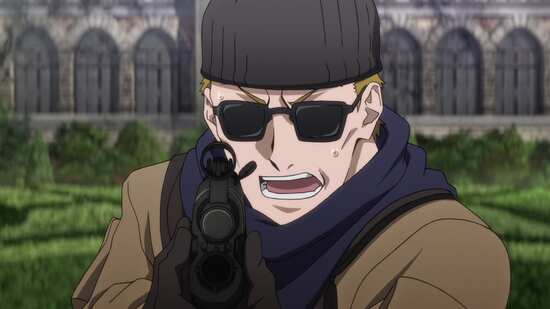
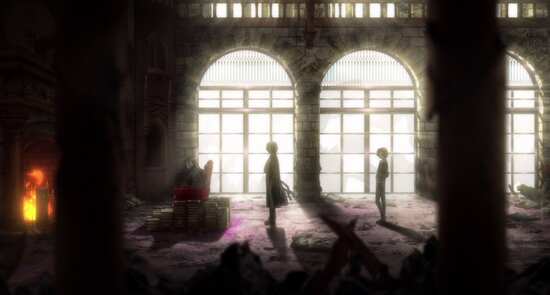
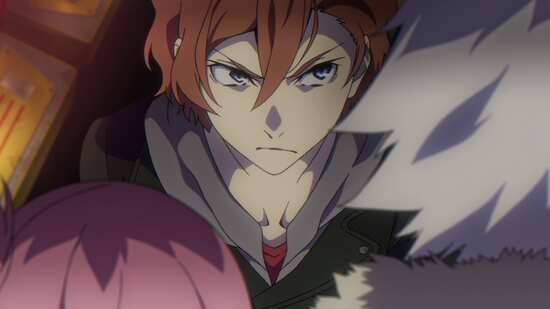
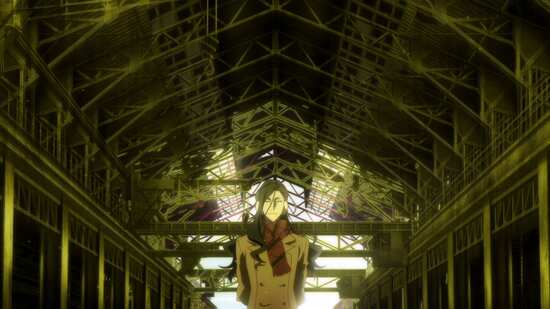
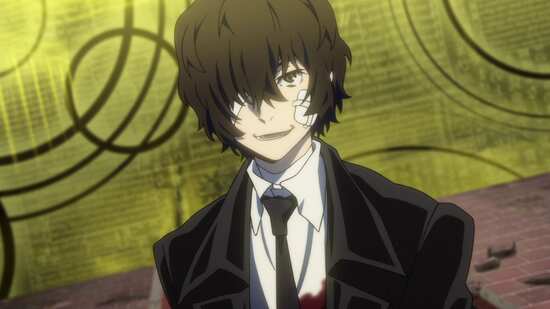
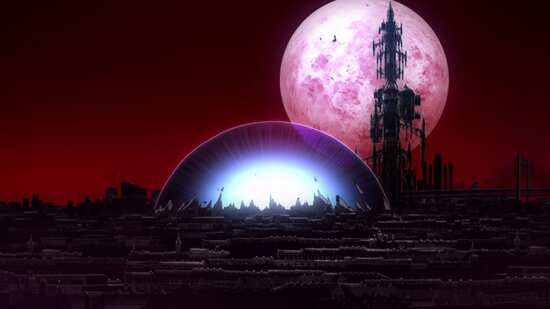
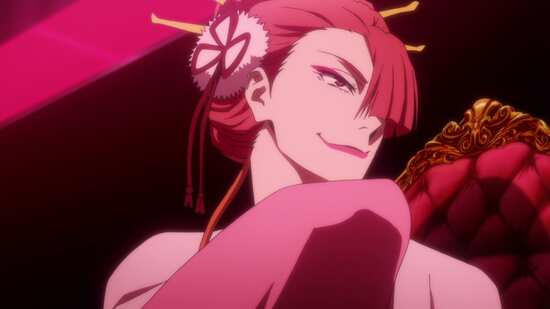
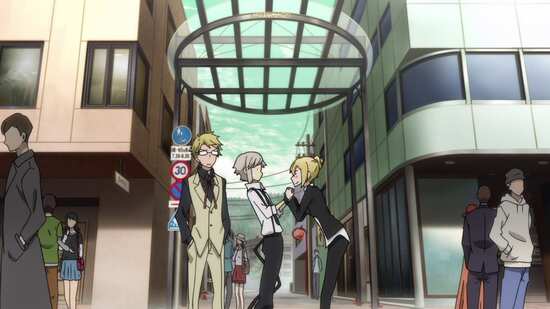
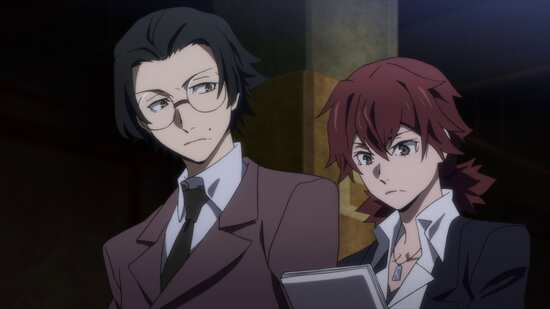
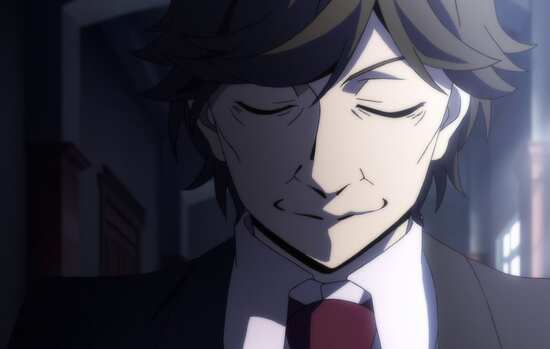
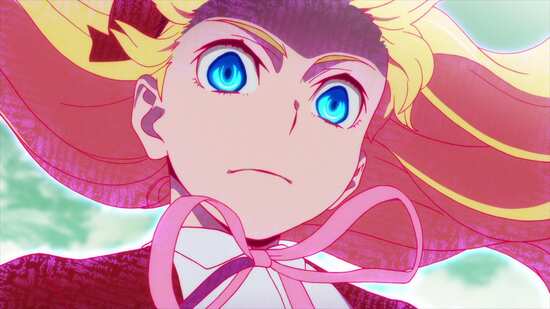
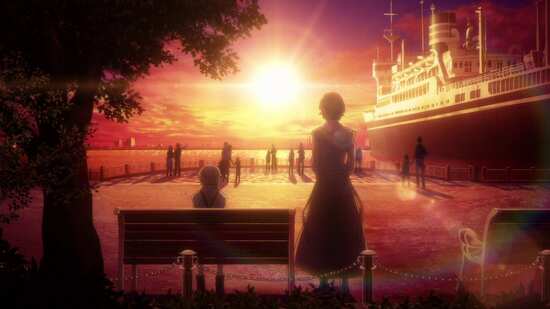
Your Opinions and Comments
Be the first to post a comment!